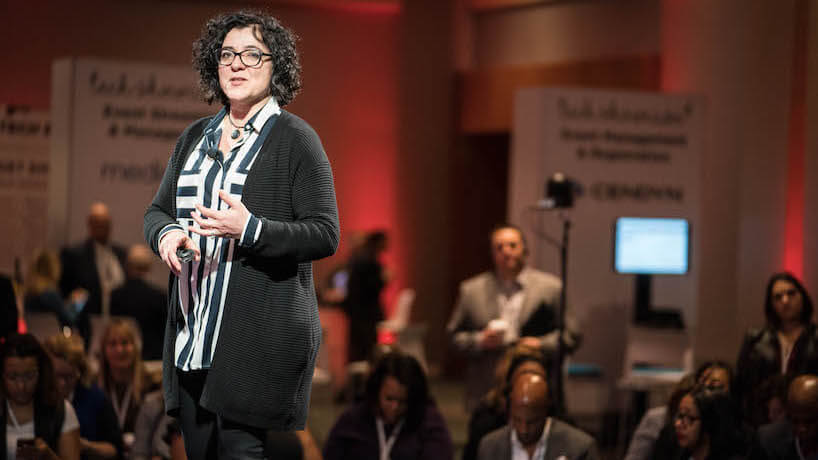Influencer marketing is everywhere. In 2016, eMarketer estimated that influencer marketing on Instagram alone totaled more than $570 million, and that spending seems likely to rise based on online interest: In 2017, there was a 325-percent increase for the search term “influencer marketing” on Google. Event organizers are beginning to recognize the role that influencers can play in increasing registration and expanding the reach of their programs. The term “influencer,” though, can be confusing. Who has influence? Only celebrities and big-name keynote speakers? No, according to Rachel Stephan, DES, senior event marketing strategist at sensov/event marketing. Stephan recently launched snöball, a platform that creates unique branded landing pages for every individual in an event’s community: sponsors, exhibitors, speakers, and attendees.
“If I influence one person to go or to learn more about an event, I’m an influencer,” Stephan told PCMA. “Imagine you have 4,000 attendees, and everyone influences one new person to go. It’s as simple as that.”
For organizers looking to drive registration, the process is simple. Approximately two to three months before the event begins, snöball sends a personalized email campaign. For example, the subject line might read, “David, let everyone know you’ll be in Denver for the conference!” As a recipient, my job — letting everyone know — is easy via a shareable social-media link for Twitter, Facebook, and LinkedIn or a copy-and-paste message to send an email to friends and colleagues. PCMA used snöball to promote Convening Leaders in Nashville, which helped create traffic around #PCMACL in advance of the conference. The personal touch of adding each recipient’s name makes a big difference. Stephan said that campaign-launch emails typically see open rates somewhere between 30–70 percent. When recipients start sharing the message, the campaigns deliver valuable data. “Every single landing page is tracked with a Google Analytics code,” Stephan said. “You can see who is getting the most traffic and identify the top influencers in the community. Then, in the future, organizers can work more closely with those individuals.”
More Than Attendance Numbers
Spreading the word about early-bird discounts and reasons to attend are obvious uses of snöball, but Stephan said that organizers can use the platform to create their programs, too. For example, she referenced a client that wanted to drive abstract submissions for an engineering event. The conference relies on approximately 400 session leaders, and the organizers are leveraging those individuals as influencers to spread the word about the need for more abstracts. “After abstract submission is closed,” Stephan said, “we’ll do another campaign with the authors who were accepted to help promote registration.”
“This type of marketing creates miniature ripples among all participants,” Stephan said. “Everyone wants to let other people know that they’re going to a conference or if they’re presenting.”
A Personal Touch Has Never Been More Powerful
Regardless of the message that an organizer wants to spread, Stephan said that recent changes to Facebook’s algorithm will have a huge impact on many organizations that have relied on the social-media giant for their marketing efforts. In January, Facebook announced plans to prioritize material from users’ friends and family members. “Because space in News Feed is limited,” Adam Mosseri, head of news feed at Facebook, wrote in an explanation of the changes, “showing more posts from friends and family and updates that spark conversation means we’ll show less public content, including videos and other posts from publishers or businesses.”
Translation: Fans of an organization’s page are likely to miss highlight reels from conferences, photos of new speaker announcements, and posts about registration deadlines. They’ll see what their friends are talking about, so organizers and event marketers will want to be the subject of those conversations. “The best way to get your message across is to have people talk about you,” Stephan said, “instead of you talking about yourself.”

